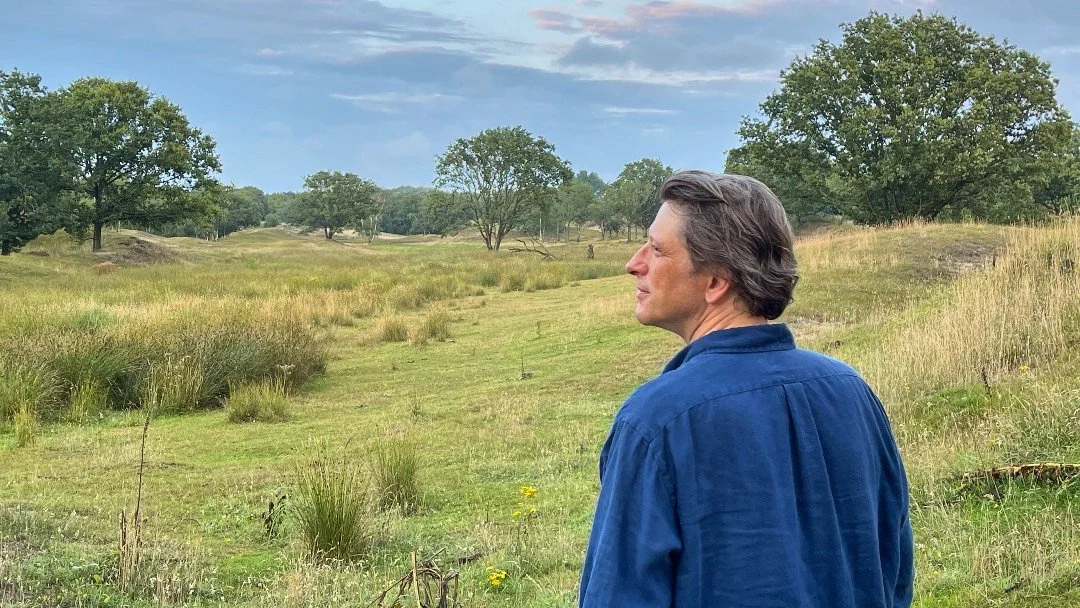So how do we design workplaces and maybe more importantly maintain our workspaces and offices during the course of the building’s life span and use to help create happy, healthy and also sustainable places to be? We speak with Ian Baker, Head of Workplace and Jeremy Campbell, Executive Director Marketing and Business Development for Emcor UK to find out their direct experience as facility managers just what is happening in workplaces, and also how we can improve what we’re doing now to also hit that NetZero target.
We talk about how worried they are about climate change and the IPCC report. We are at a turning point, there is no Planet B, if we carry on as we are doing there aren’t going to be future generations, we have moral obligations as business leaders to solve these problems So how can business owners start to address the issue of trying to reach Net Zero? A recent survey Emcor carried out revealed that 50% of business owners were not ready or not yet on a journey to meet their Net Zero targets.




















